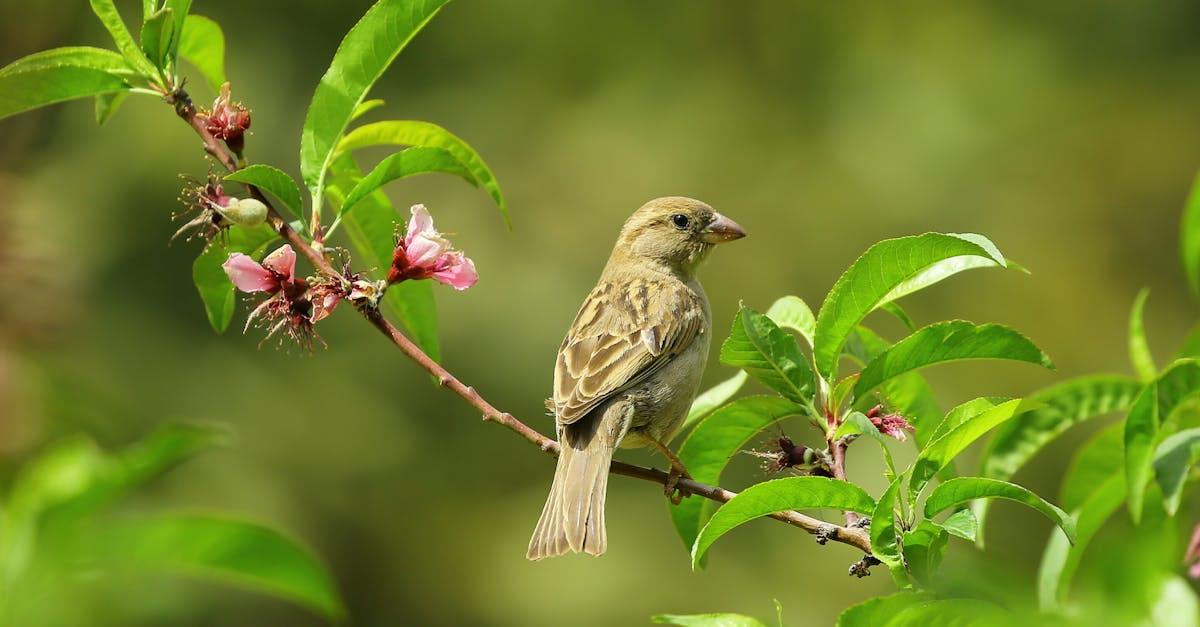Explore Nature in Denmark: The Ultimate Guide to Breathtaking Outdoor Adventures
Denmark, known for its serene landscapes and commitment to sustainability, is a haven for nature lovers and outdoor enthusiasts alike. Whether you’re seeking quiet coastal walks, rugged cliffs, or enchanting forests, Denmark offers a remarkable array of natural attractions to explore. From the sandy beaches of Jutland to the lush woodlands on Zealand, there’s a side of Denmark’s natural beauty waiting for everyone. For an in-depth guide to the best outdoor spots, be sure to check out The Danish Dream’s Ultimate Guide to Nature in Denmark.
1. Mols Bjerge National Park: Jutland’s Hidden Gem
Mols Bjerge National Park, located on the Djursland peninsula in East Jutland, is known for its rolling hills, rich biodiversity, and stunning views. Named after the area’s “mountains,” which are more gentle hills, Mols Bjerge offers a unique landscape shaped by glacial erosion thousands of years ago. Visitors can explore diverse habitats, from heathlands and grasslands to ancient forests. It’s a great spot for hiking and biking, with numerous trails winding through the park. Mols Bjerge’s scenic viewpoints make it a favorite for photographers and nature enthusiasts.
2. Thy National Park: Denmark’s Wild West Coast
Denmark’s first national park, Thy National Park, stretches along the western coast of Jutland and boasts a raw, untouched landscape of dunes, beaches, and dense forests. Often called “Cold Hawaii” due to its popularity with surfers, Thy offers some of the best coastal views in Denmark. The park is ideal for beach walks, wildlife spotting, and water sports like surfing and kiteboarding. With its impressive dunes and wind-swept heathlands, Thy National Park represents Denmark’s wilder side and is perfect for anyone looking to connect with the country’s natural beauty.
3. Rold Skov: A Woodland Wonderland
One of Denmark’s largest forests, Rold Skov in North Jutland is home to dense woodlands, serene lakes, and magical springs. Known for its fairytale-like atmosphere, Rold Skov offers countless trails where visitors can hike, cycle, or simply enjoy the quietude of the forest. Be sure to visit Rebild Bakker, an area with gentle hills and sweeping views, especially popular during Denmark’s annual Independence Day celebration. For a unique experience, take a guided tour to explore the underground limestone mines hidden within the forest.
4. Bornholm: The Island of Sun and Cliffs
The island of Bornholm, situated in the Baltic Sea, is often called the “Sunshine Island” due to its sunny climate. With its dramatic cliffs, white sandy beaches, and picturesque fishing villages, Bornholm is a favorite getaway for nature lovers. The cliffs at Hammershus, home to Northern Europe’s largest medieval fortress ruin, offer stunning views over the sea. Dueodde Beach, known for its fine white sand, is a must-visit for beachgoers. Cycling is a popular way to explore the island, as well as hiking trails that lead through forests and along coastal cliffs.
5. Wadden Sea National Park: A UNESCO Treasure
Wadden Sea National Park, a UNESCO World Heritage site, covers the intertidal region along Denmark’s southwestern coast. Known for its rich biodiversity, the Wadden Sea is home to seals, migratory birds, and unique marine life. During low tide, guided tours allow visitors to walk on the seabed and learn about the unique ecosystem. Birdwatchers flock to this park to observe thousands of migratory birds during the spring and autumn seasons. The park’s distinctive landscapes and protected wildlife make it a natural treasure worth exploring.
6. Stevns Klint: A Geological Marvel
Stevns Klint, a UNESCO-listed cliff on the island of Zealand, is a geological wonder formed by layers of chalk and limestone. The cliff is famous for containing evidence of the asteroid impact that led to the extinction of the dinosaurs, making it a significant site for geologists. Visitors can hike along the cliff’s edge, take in sweeping views of the Baltic Sea, and explore the historic Højerup Church perched on the cliff. For an immersive experience, visit the Stevns Klint Visitor Center to learn more about the cliff’s unique history.
Practical Tips for Exploring Nature in Denmark
- Weather Preparedness: Denmark’s weather can be unpredictable, so dress in layers and be prepared for wind and rain, even during summer.
- Responsible Travel: Danish nature is well-preserved and protected, so make sure to respect the environment. Follow marked trails, avoid disturbing wildlife, and dispose of waste responsibly.
- Seasonal Highlights: Spring and summer are the best times to enjoy Denmark’s outdoor attractions. However, autumn brings stunning colors to Denmark’s forests, while winter offers a peaceful atmosphere and unique seaside landscapes.
For visual inspiration and to get a feel for Denmark’s top nature spots, explore The Danish Dream’s YouTube channel, where you’ll find videos showcasing Denmark’s diverse landscapes, from beaches and forests to cliffs and coastal parks.
Embracing Denmark’s Natural Beauty
Exploring nature in Denmark is a journey that reveals the country’s dedication to conservation, outdoor enjoyment, and sustainable travel. With landscapes ranging from tranquil beaches to rugged cliffs and dense woodlands, Denmark offers a diverse natural experience that caters to both adventurers and those seeking relaxation. Whether you’re hiking in Mols Bjerge or watching migratory birds in the Wadden Sea, Denmark’s natural spaces provide a breathtaking escape from everyday life and an opportunity to connect with nature on a deeper level.
